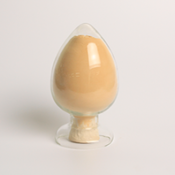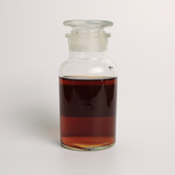Glucoamylase
- Home
- Products & Applications
- Glucoamylase


Glucoamylase
Description:
This enzyme is obtained by controlled fermentation of Aspergillus niger, and it is widely used in the brewing industry, manufacturing of starch sugars, alcohol monosodium glutamate and antibiotics
Technical information:
- Available in liquid (brown) 100,000; 150,000; 200,000 and 300,000 u/ml. In powder form: 100,000 u/ml.
- Temperature range: 40-70℃ (Optimum temperature: 60—65℃).
- pH range: 3.0-5.5 (Optimum pH: 4.2-4.6)
- Unit definition: The amount of enzyme needed to liberate 1 mg of starch in one hour at a pH of 4.6 at 40℃
Mode of Action:
Glucoamylase will hydrolyze terminal 1,4 linked α-D-glucose residues successively from non-reducing ends of amylose chains to release free glucose. This fermentation also can hydrolyze α 1, 6 glucosidic linkages into isomaltose and dextrins.
Uses:
- Alcohol
Due to its high debranching activity and its ability to digest starch, glucoamylase can be used for alcohol production.
Recommended dosage: 1.0 to 1.6 L/ton of raw marl at 60 to 65℃.
- Starch sugar
Recommended dosage: 1.0 to 3.0 L/ton of raw material.
- Dry beer
Recommended dosage: 0.2 to 0.5 L/ton of dry malt.
- Liquor brewing and vinegar
Recommended dosage: 1.0 to 1.5 L/ton of raw material.
- Monosodium glutamate, antibiotics, and citric acid
Recommended dosage: 1.0 to 3.0 L/ton of raw material
Packaging, Storage & Handling
- Liquid: Plastic drums of 22; 200; 840 and 1,000 L.
- Powder: 20 kg cartons; 25 kg bags and 25 kg drums.
- Storage & handling: Avoid exposure to direct sunlight; keep in clean, cool, and dry place.
